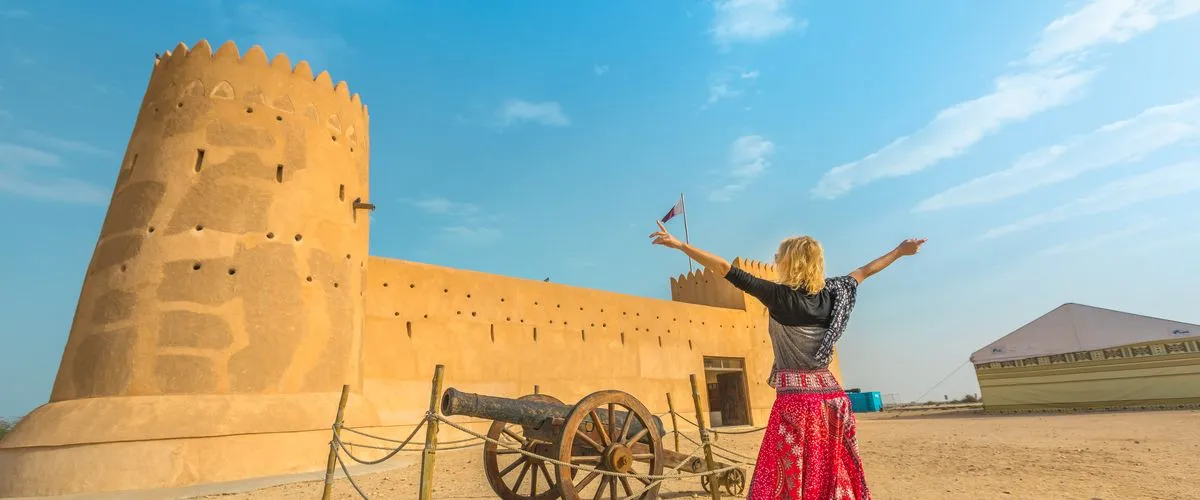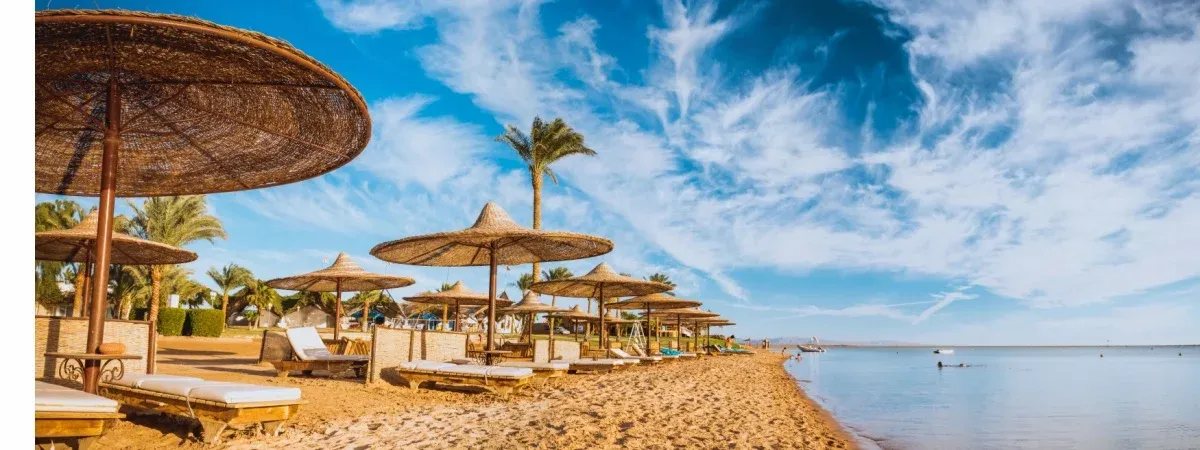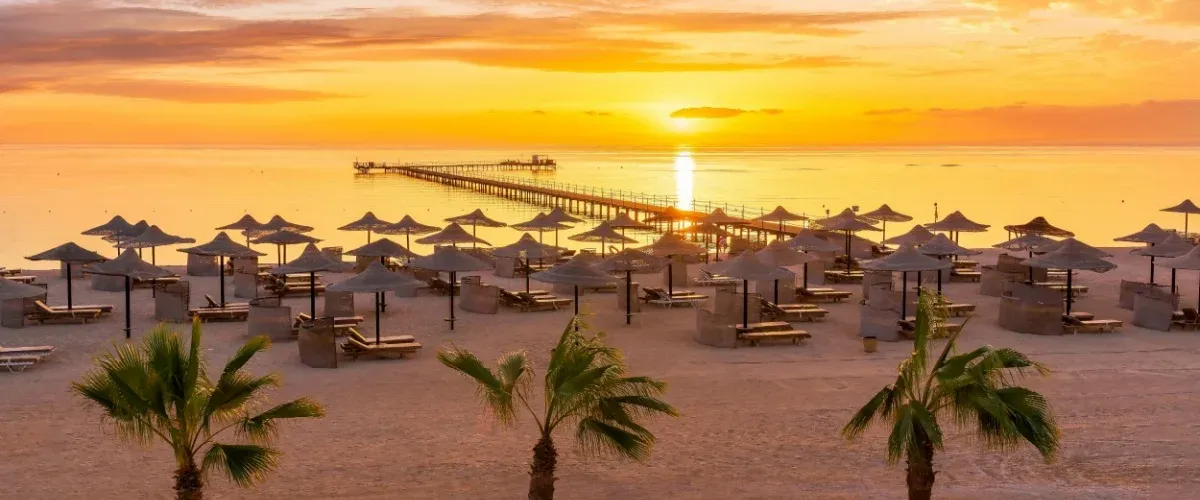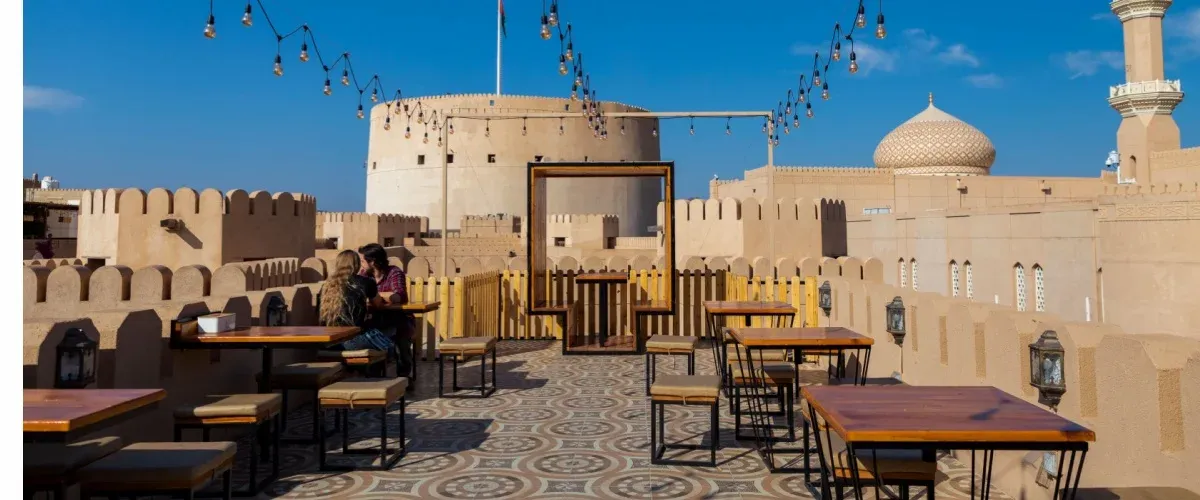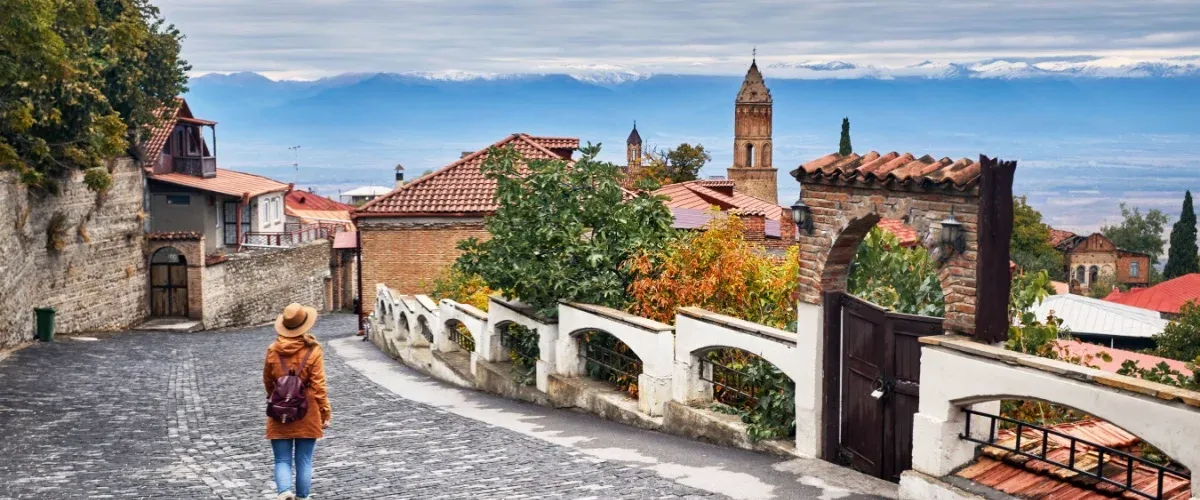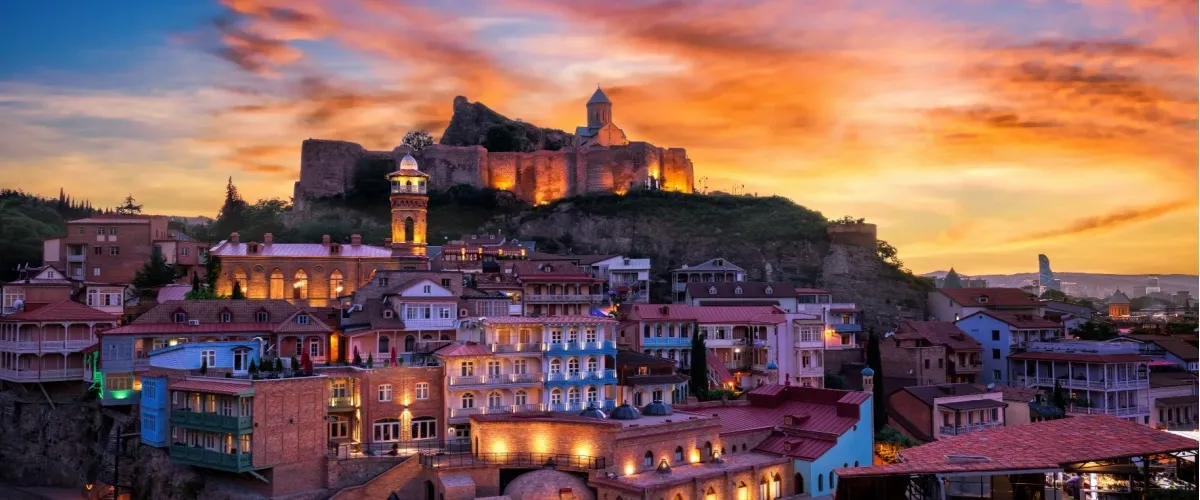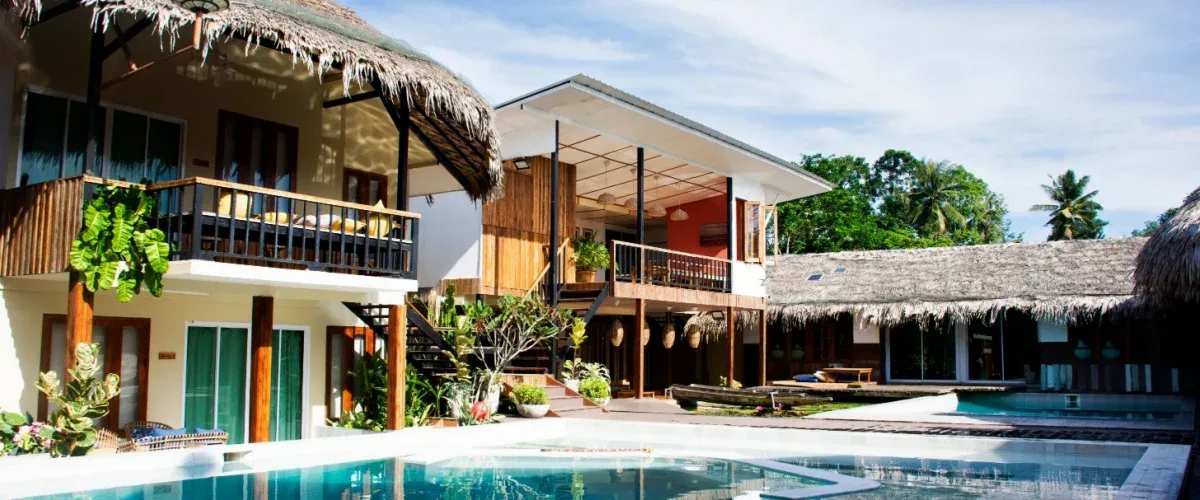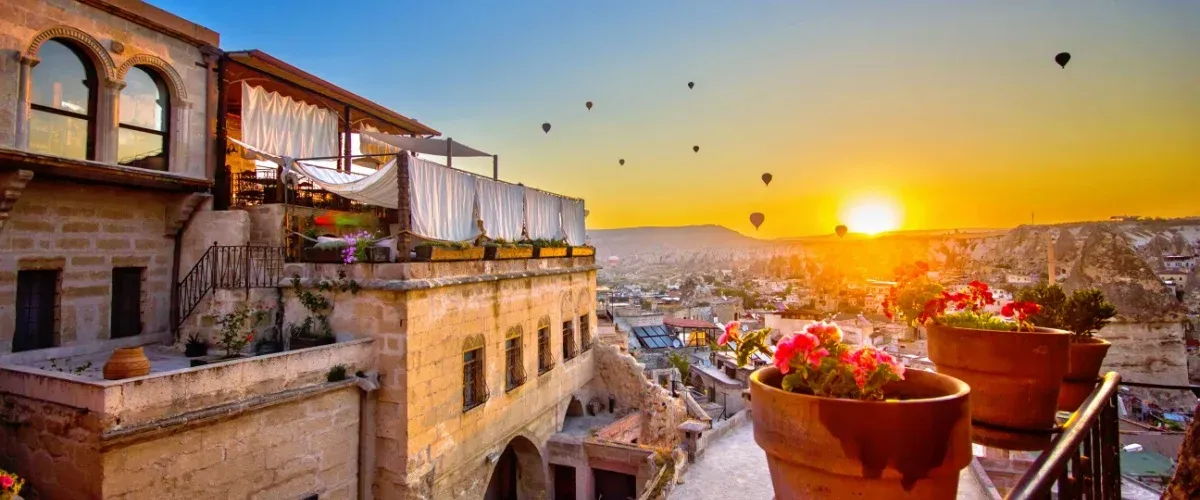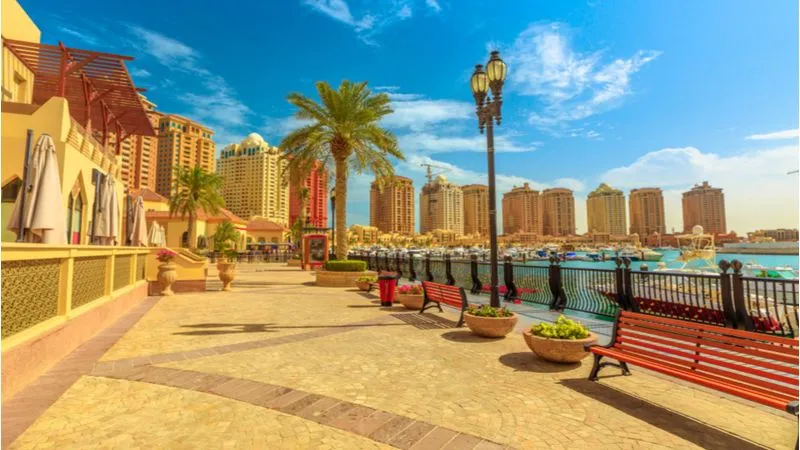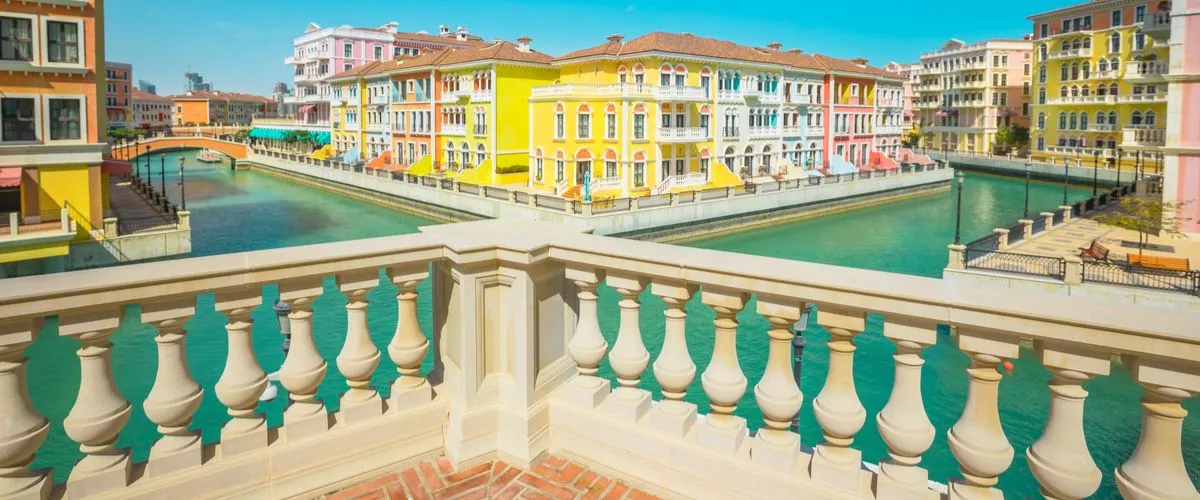A country widely renowned for its Arabian hospitality and generous natives, Qatar boasts of historical wonders. One can catch a glimpse of the vast history and legacy of the land in these wonders while spending a holiday filled with fun. From the finest of museums and landmarks to some eye-catching forts in Qatar, there is a lot to look forward to in case you're a historical explorer traveling to the country.
The best part? A majority of historical sites in Qatar have been richly preserved while the findings from archaeological excavations can be heavily found in the museums here. So, if you're longing to catch a sight of the unique and vast history of Qatar, here are some forts that you can consider visiting during your vacation in the country.
Top 8 Forts In Qatar
From the architectural marvel of Doha Fort to the ancient beauty of Barzan Towers, here are some fine historical forts to visit on your next journey to Qatar.
1. Al Koot Fort

Nestled in the heart of Doha in one of the most iconic locations of the city, the Al Koot Fort is also called the Doha Fort and is located in the middle of Souq Waqif. The fort was built by Sheikh Abdulla bin Qassim Al Thani in 1880 to protect Souq Waqif from thieves at the time. Having served as a prison and even a police station, Al Koot is one of the most prominent of Qatar forts and forms a perfect background for wedding photographs that are taken in Doha owing to its gorgeous white architecture.
Featuring its square structure with three cylindrical and one rectangular tower, Al Koot was, in fact, abandoned by the Ottomans in 1927 and was rebuilt by Qassim Al Thani. Since then, the fort is well recognized as one of the finest museums in Qatar right at the center of Doha. Tourists love coming here to get a sight of the architectural beauty of the fort while they also get to embrace the shopping experience at Souq Waqif.
Location - Ukaz St, Doha, Qatar
Timings - 8 AM to 12 AM (Open all week)
Entry Fee - NA
Built In - 1880
Built By - Sheikh Abdullah bin Jassim Al Thani
2. AL Thaqab Fort
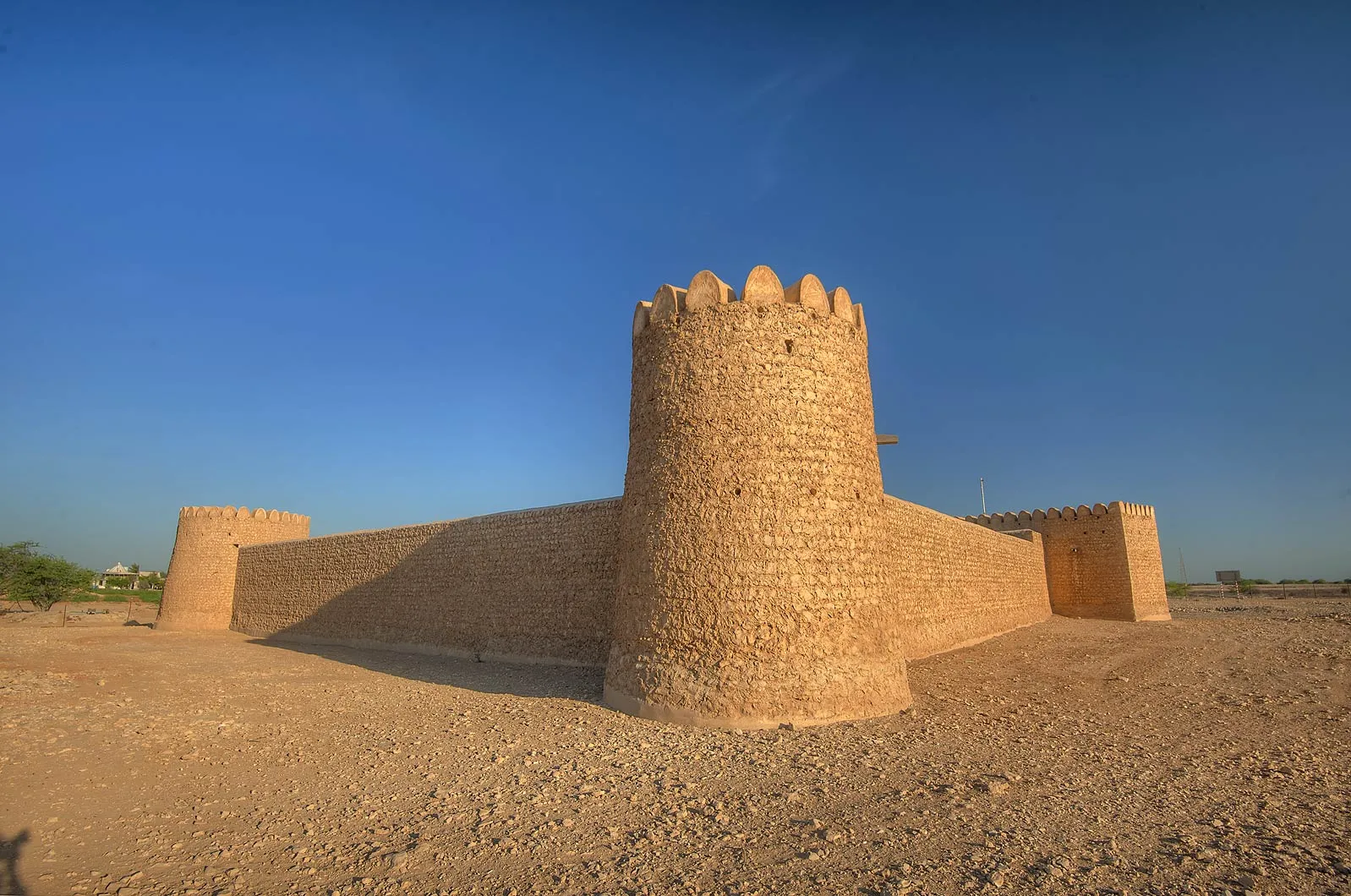
Located 12 km to the south of Al Ruwais, the origins of the Al Thaqab Fort dates back a long way. As the natives and historical explorers believe, the fort was built in order to protect the well that is set to the west of the fort from where villagers used to get their water.
Interestingly, the word Thaqab means "the water in the bottom of the valley after the rain" which somewhat justifies the claims around the well.
In fact, it is one of those historical forts in Qatar that even served as shelters for the locals during an attack. As of its origins, not many historians are sure as to when the Al Thaqab Fort was originally built. While some believe it was built in the 17th or 18th Century, others argue for the 19th Century.
Location - North Road, Qalaat al Thaqab, Qatar
Timings - Closed on Fridays (Travelers need to confirm the exact timings with the local authorities)
Entry Fee - NA
Built In - Between 17th to 19th Century (Precise year of origin is unsure)
Built By - NA
Suggested Read: Top 10 Public Parks In Qatar
3. Al Zubarah Fort Qatar
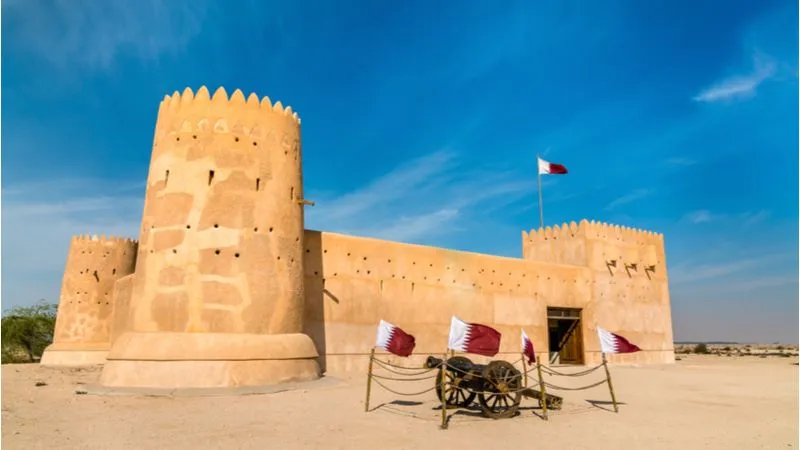
Nestled on the outskirts of Doha and built by Sheikh Abdullah bin Jassim Al Thani, the Al Zubarah Fort Qatar is one of the most prominent historic locations in the country. The fort was originally built in 1938 and served as a coast guard station at first. However, once the coast guard station was decommissioned, Al Zubarah was turned into a police station.
The fort features one rectangular tower along with three circular towers that make up the whole structure. Speaking of its interior, the Al Zubarah Fort has many ancient rooms made of compressed mud and cement. The rooms boast of their amazing artworks and have a number of highly valuable archeological findings which is a not to be missed sight for the visitors.
Location - Al Zubara Fort, Qatar
Timings - 8 AM to 4 PM (Closed on Friday Mornings)
Entry Fee - No Entrance Fee
Built In - 1938
Built By - Sheikh Abdullah bin Jassim Al Thani
4. Al Wajbah Fort
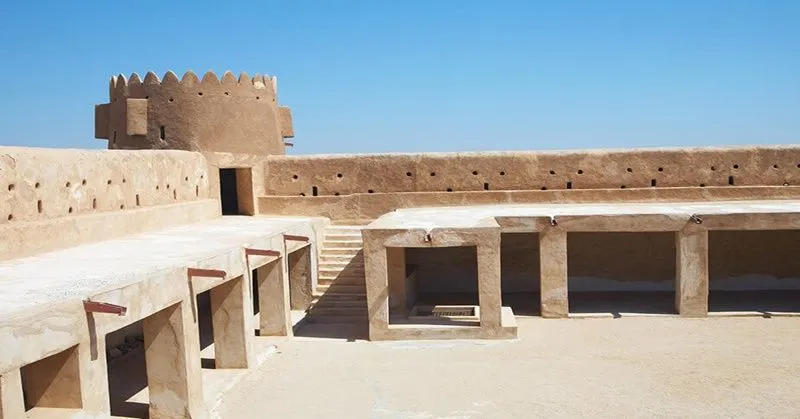
Rooted just 15 kilometers to the west of Doha in the gorgeous city of Al Rayyan, the Al Wajbah Fort features fourth in our list and is one of the oldest forts in the country. Built in 1882 and having served as a residence for Hamad bin Abdullah Al Thani, the fort carries a vast history behind it. Al Wabjah was, in fact, a pivotal factor in the defeat of the Ottomans in 1893 when the army of Sheikh Jassim bin Mohammed Al Thani defeated them.
Featuring its four gorgeous watchtowers that are the main highlight, the fort underwent renovation in the later 20th Century and has been a popular historical attraction in Qatar over the years.
Location - Doha, New Al Rayyan, Ar-Rayyan, Qatar
Timings - 8 AM to 5 PM Monday to Thursday (Closed from Friday to Sunday)
Entry Fee - No Entrance Fee
Built In - 1882
Built By - Sheikh Jassim bin Mohammed Al Thani
Suggested Read: Katara Cultural Village Guide
5. Al Rakayat Fort

A desert fort built during the 19th Century, the Al Rakayat Fort isn't one of those fancy forts in the country but did play a colossal role in history. The fort is nestled close to the scattered village of Ar Rakiyat and was built to serve as a protection for the freshwater sources of the village from natural calamities or any other emergency.
Certainly, one of the top forts in Qatar at the time, the Al Rakayat Fort consists of three rectangular towers and one cylindrical tower unlike many of the other popular forts in the country. While the upper part of the fort is made from a mixture of mud and clay bricks, the lower portion consists of mud and limestone construction.
Interestingly, the name Ar Rakiyat also means "Well" in Arabic which somewhat justifies the true motive behind the construction of the fort.
Location - 15 minutes away from Al Ruwais, the most northern city in Qatar
Timings - NA
Entry Fee - NA
Built In - 19th Century
Built By - NA
6. Barzan Towers
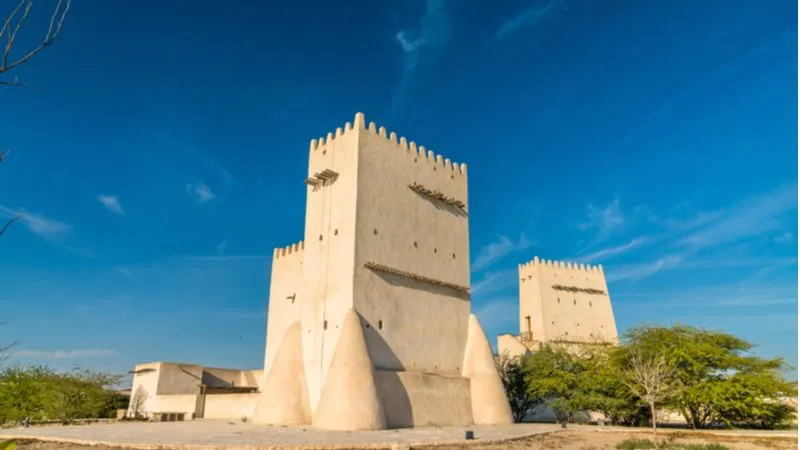
Nestled in the Umm Salal Mohammed Village in the suburbs of Doha, the Barzan towers are also known as the Umm Salal Mohammed Fort Towers. The towers were built in the late 19th Century and then were renovated later in 1910. As history has it, Barzan Towers were used as watchtowers to protect the local water resources in the area while they also served as observatories to determine the dates of the lunar calendar.
One of the popular Qatar forts today, the site is best to visit during early mornings and evenings as the temperatures are favorable enough for the visitors to explore the site without bearing the scorching heat.
In fact, as the travelers themselves put it, the best time to visit Barzan Towers is between 2 pm to 7 pm.
Location - Umm Salal, Doha, Qatar
Timings - Open 24 hours
Entry Fee - No Entrance Fee (Visitors need to sign in at the gate)
Built In - Late 19th Century
Built By - Sheikh Mohammed bin Jassim Al Thani
Suggested Read: Picnic Spots To Visit in Qatar
7. Zekreet Fort
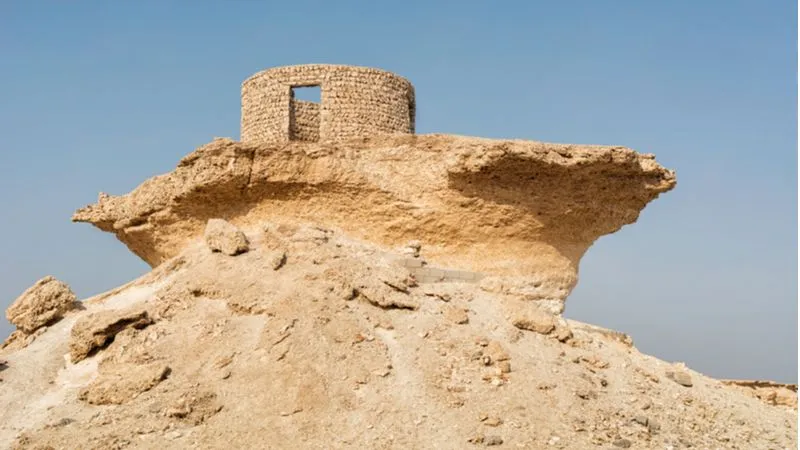
Nestled on the west coast of Qatar close to Dhukan, the Zekreet Fort is one of the most prominent historical places in Qatar that attract travelers and historical explorers all round the year. The fort was built between the 18th and 19th century and boasts of its unique design.
Interestingly, the Zekreet Fort underwent two separate phases of construction. Initially, the fort was built as a square structure without any towers. However, the fort, later on, underwent reconstruction and then the four towers on the outer corners of the fort were added.
Location - Zekreet, Qatar
Timings - Open 24 hours
Entry Fee - No Entrance Fee
Built In - Between 18th and 19th Century
Built By - Rahmah ibn Jabir al-Jalahimah
8. Qal'at Murair
Located in close proximity to the town of Zubarah and boasting of its fine historical significance, the Qal'at Murair, also known as Murair Fort is an abandoned castle built in 1778 by Al Bin Ali of the Utub tribe. As history has it, the fort was built after Al Bin Ali came from Zubarah and was constructed in order to tackle the challenges that were posed by the Al Musallam branch of the Bani Khalid.
One of those top forts in Qatar that hold serious significance in terms of history, Qal'at Murair has four walls and a channel along with a masjid, popularly known as Murair Masjid.
Location - Mile and a half to the southeastern part of the town of Zubarah
Timings - NA
Entry Fee - NA
Built In - 1778
Built By - Al Bin Ali of the Utub tribe
Suggested Read: Desert Safari in Qatar
A country that surprises travelers at every step on the way, Qatar has some of the world's best historical sites that are a treat for historical explorers and travelers to see. From the architectural marvel of Al Koot Fort to the historical importance of Barzan Towers, there are many forts in Qatar that travelers can't possibly afford to miss out on seeing. So, if you're planning your next potential journey to the Middle East and thinking of visiting the best historical sites, the above-listed forts have to be on your travel wishlist.
FAQs
The Al Koot Fort, also known as the Doha Fort is open from 8 AM to 12 AM throughout the week.
Yes, Qatar is one of the safest countries in the world today. The country's crime index is significantly lower than the rest of the nearby countries while violent crimes are rare in the country.
Souq Waqif is one of the most iconic locations in Qatar. It is a market place set on ancient trading sight where animals and other things were traded for a nomadic way of life. Visitors can either shop at Souq Waqif or head to the Al Koot Fort located in the middle of Souq Waqif.
The Al Koot Fort, Al Zubarah Fort, Al Wajbah Fort, Zekreet Fort alongside many other features in the top forts of Qatar.
As per data released in June 2019, there are eight museums in Qatar while dozens of more museums are in planning or construction stages.

